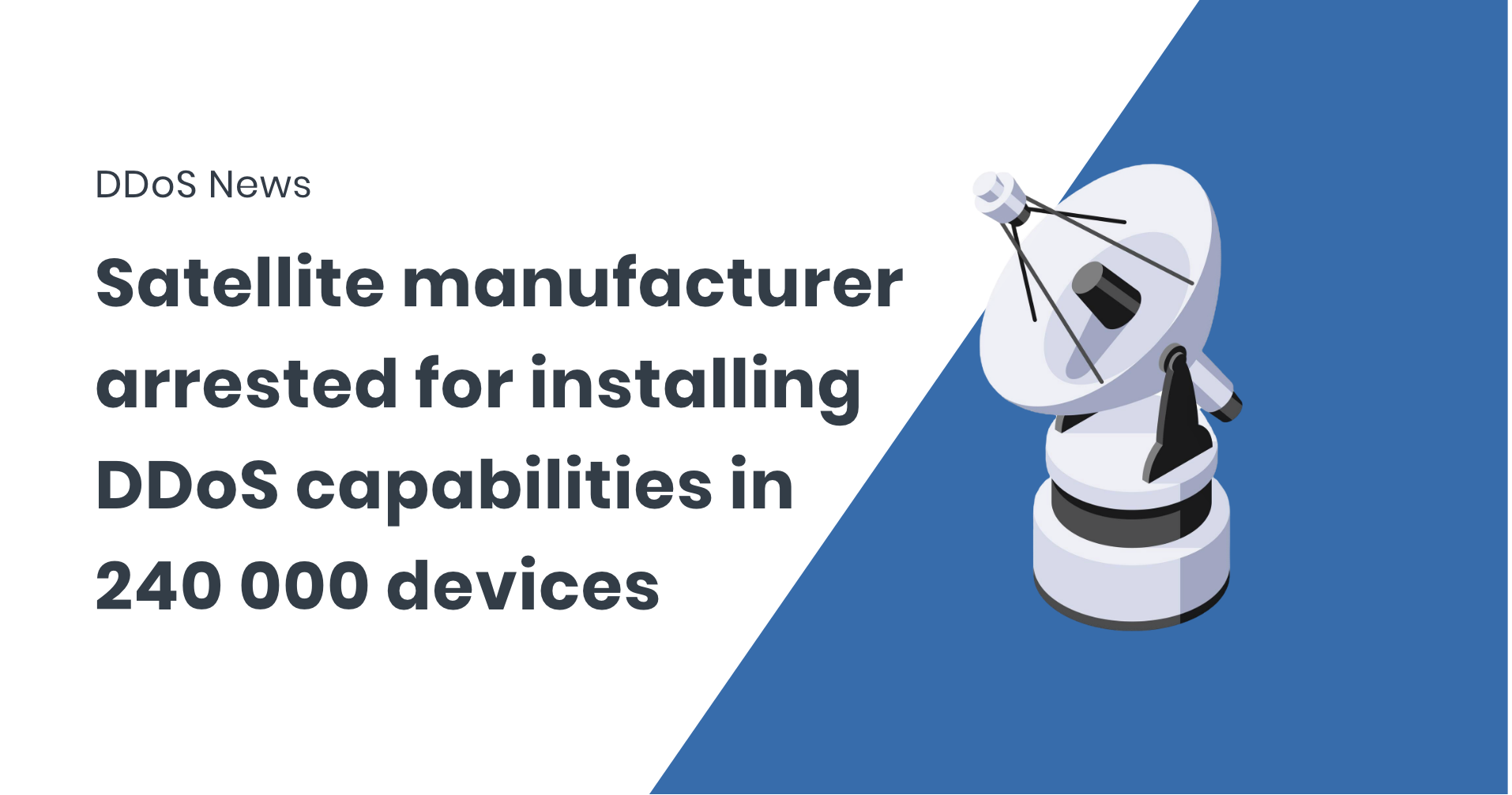Major breakthrough from Operation PowerOFF In a sweeping international effort, law enforcement agencies from 15 countries have successfully dismantled 27 DDoS-for-hire services, commonly referred to as “booters” or “stressers.” These ...
Several Danish municipalities recently fell victim to Distributed Denial of Service (DDoS) attacks, disrupting the websites of cities including Vejle, Albertslund, Dragør, Esbjerg, Frederiksberg, and Frederikshavn. The director of the ...
Introduction to BGP Blackhole and automating it for DDoS defense In this article, we will discuss how the routing infrastructure, more specifically the BGP routing technique called “blackholing”, can provide ...
How have Network Layer DDoS attacks developed over the last decade? Despite being one of the oldest types of cyberattacks, Distributed Denial of Service attacks still remain the most common ...
The Korean National Police Agency has arrested the CEO and five employees of a South Korean company for a peculiar cybercrime. The company has been manufacturing and exporting a large ...
The Matrix Botnet, a threat actor linked to a widespread DDoS campaign has been uncovered by security researchers. The botnet is exploiting vulnerabilities and misconfigurations in Internet of Things (IoT) ...
Changes: Fixed bug with endpoints total_traffic_counters_v4 and total_traffic_counters_v6 which did not work and required not needed parameters
Welcome to the FastNetMon, Virgil Truica! We are delighted to welcome Virgil Truica to the FastNetMon team. Virgil brings with him over 16 years of experience in the International Telecom ...
This release includes a new option for AF_PACKET to unpack GTPv1 tunnels: af_packet_extract_gtp_v1_tunnels, support for new forwardingStatus 4 byte encoding which is used by Cisco ASR9006 with IOS XR 6.4.2, ...
FastNetMon at UK IPv6 Council Annual Meeting 2024 FastNetMon had the privilege of participating in the UK IPv6 Council Annual Meeting held last Tuesday, November 19th, 2024 at Cisco Meraki ...









